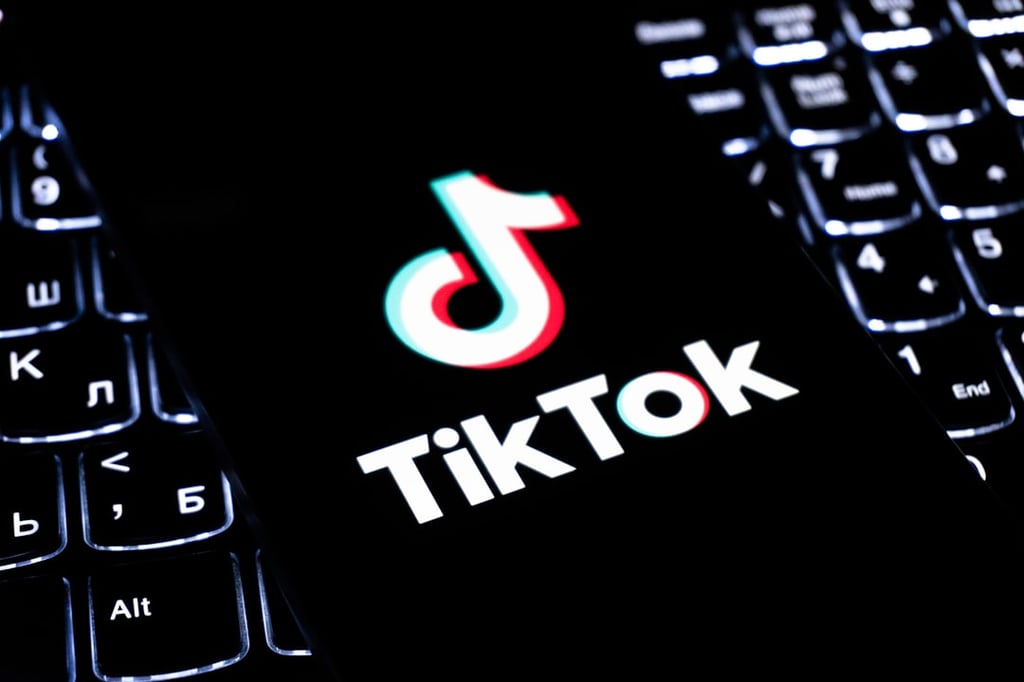Datamation content and product recommendations are
editorially independent. We may make money when you click on links
to our partners.
Learn More
WASHINGTON — With the surge of collaborative technical innovation that has given rise to projects like Wikipedia and the open source software revolution, it might seem a little counterintuitive to argue that the technology industry is gradually shifting toward a closed-off, top-down model.
It might seem counterintuitive, unless you’re Jonathan Zittrain.
Speaking here at the office of progressive think tank New America Foundation, the Harvard University law professor took aim at what he described as a closed model of outsourced innovation.
Zittrain criticized the model where companies give a tentative embrace of the developer community, but retain strict control of the content and distribution of the applications they create.
“Steve Jobs made in iPhone 1.0 no apology that Apple would control everything,” Zittrain said, noting that the Apple (NASDAQ: AAPL) CEO commented at the time that he had no interest in turning the device into a PC, where glitchy software could threaten the core functionality as a phone. Then, earlier this year, Apple introduced the new iPhone, and with it came a software development kit (SDK).
“This is a fascinating hybrid,” Zittrain said. “Steve Jobs … says there are going to be limitations — limitations we are now starting to know.”
“If you want to write a program for the iPhone and give it to somebody … you have to be approved as an iPhone programmer and submit it to the App Store and see if they approve it. And then — and only then — will it be made available to people who want the software.”
But it’s not just the iPhone that concerns Zittrain. The same issues arise in many popular developer initiatives, such as the Facebook Platform and Google’s App Engine. For Zittrain, these programs are failing to unlock the “generative” potential of what is commonly called the wisdom of the crowds.
“It’s not only true of devices we use, it’s true of the so-called software-as-service, Web 2.0 platforms,” he said. “I am not only worried about the cost of innovation, but I see new opportunities for government regulation if our technologies end up being funneled and controlled by central sources.”
Regulation is not the first choice for Zittrain. But if companies continue to operate their developer environments with what he considers arbitrary kill-switch policies, he envisions the Federal Trade Commission enacting rules that would require an open app policy.
Could it be that serious? Counterpunching against Zittrain’s argument was skeptical Adam Thierer of the Progress and Freedom Foundation, a Washington think tank that generally advocates free-market policies.
“There’s no way that I can buy the thesis that things are getting less generative today, that things are getting more tethered and sterile, and that we’re actually reaching the point where we’re in some sort of a crisis, and that something has to be done before we all end up boxed into this world of these sorts of devices,” Thierer said.
“Everything that’s out there today is opening up in new ways,” he said, citing T-Mobile’s recent launch of the G1 smartphone, an iPhone rival built on Google’s (NASDAQ: GOOG) open source Android platform. He also noted that for all of Zittrain’s demonizing of Apple’s iPhone policy, the professor carries the device in his pocket.
Thierer views a variety of devices with varying degrees of openness as a healthy market condition. After all, there are some people who are perfectly happy with the way their iPhones and Wiis and TiVos work as they come out of the factory.
“There’s always going to be the mere mortals who say, ‘I don’t want to have to load my own operating system up when I come in each morning to get it running,’ or ‘I don’t want to have to tweak my device to make it sing and hum. I just want it to work,'” he said. “And that is something that is happening today.”
A wireless parallel
A similar fugue is playing out in the wireless industry, where providers have been reluctant to open their networks so that they would interoperate with any device or application.
Skype, eBay’s Internet phone company, has petitioned the Federal Communications Commission to apply a 1968 ruling that the Bell companies had to open their wireline networks to other manufacturers’ telephones to the wireless industry. The landmark Carterphone decision paved the way for a host of innovative devices, such as answering machines, fax machines and dial-up modems, said New America Vice President Michael Calabrese.
“Despite the incredible success of Carterphone consumer choice, we are having the exact same debate today about the future of wireless Internet access,” Calabrese said.
This article was first published on InternetNews.com.
-
Ethics and Artificial Intelligence: Driving Greater Equality
FEATURE | By James Maguire,
December 16, 2020
-
AI vs. Machine Learning vs. Deep Learning
FEATURE | By Cynthia Harvey,
December 11, 2020
-
Huawei’s AI Update: Things Are Moving Faster Than We Think
FEATURE | By Rob Enderle,
December 04, 2020
-
Keeping Machine Learning Algorithms Honest in the ‘Ethics-First’ Era
ARTIFICIAL INTELLIGENCE | By Guest Author,
November 18, 2020
-
Key Trends in Chatbots and RPA
FEATURE | By Guest Author,
November 10, 2020
-
Top 10 AIOps Companies
FEATURE | By Samuel Greengard,
November 05, 2020
-
What is Text Analysis?
ARTIFICIAL INTELLIGENCE | By Guest Author,
November 02, 2020
-
How Intel’s Work With Autonomous Cars Could Redefine General Purpose AI
ARTIFICIAL INTELLIGENCE | By Rob Enderle,
October 29, 2020
-
Dell Technologies World: Weaving Together Human And Machine Interaction For AI And Robotics
ARTIFICIAL INTELLIGENCE | By Rob Enderle,
October 23, 2020
-
The Super Moderator, or How IBM Project Debater Could Save Social Media
FEATURE | By Rob Enderle,
October 16, 2020
-
Top 10 Chatbot Platforms
FEATURE | By Cynthia Harvey,
October 07, 2020
-
Finding a Career Path in AI
ARTIFICIAL INTELLIGENCE | By Guest Author,
October 05, 2020
-
CIOs Discuss the Promise of AI and Data Science
FEATURE | By Guest Author,
September 25, 2020
-
Microsoft Is Building An AI Product That Could Predict The Future
FEATURE | By Rob Enderle,
September 25, 2020
-
Top 10 Machine Learning Companies 2021
FEATURE | By Cynthia Harvey,
September 22, 2020
-
NVIDIA and ARM: Massively Changing The AI Landscape
ARTIFICIAL INTELLIGENCE | By Rob Enderle,
September 18, 2020
-
Continuous Intelligence: Expert Discussion [Video and Podcast]
ARTIFICIAL INTELLIGENCE | By James Maguire,
September 14, 2020
-
Artificial Intelligence: Governance and Ethics [Video]
ARTIFICIAL INTELLIGENCE | By James Maguire,
September 13, 2020
-
IBM Watson At The US Open: Showcasing The Power Of A Mature Enterprise-Class AI
FEATURE | By Rob Enderle,
September 11, 2020
-
Artificial Intelligence: Perception vs. Reality
FEATURE | By James Maguire,
September 09, 2020
SEE ALL
ARTICLES







